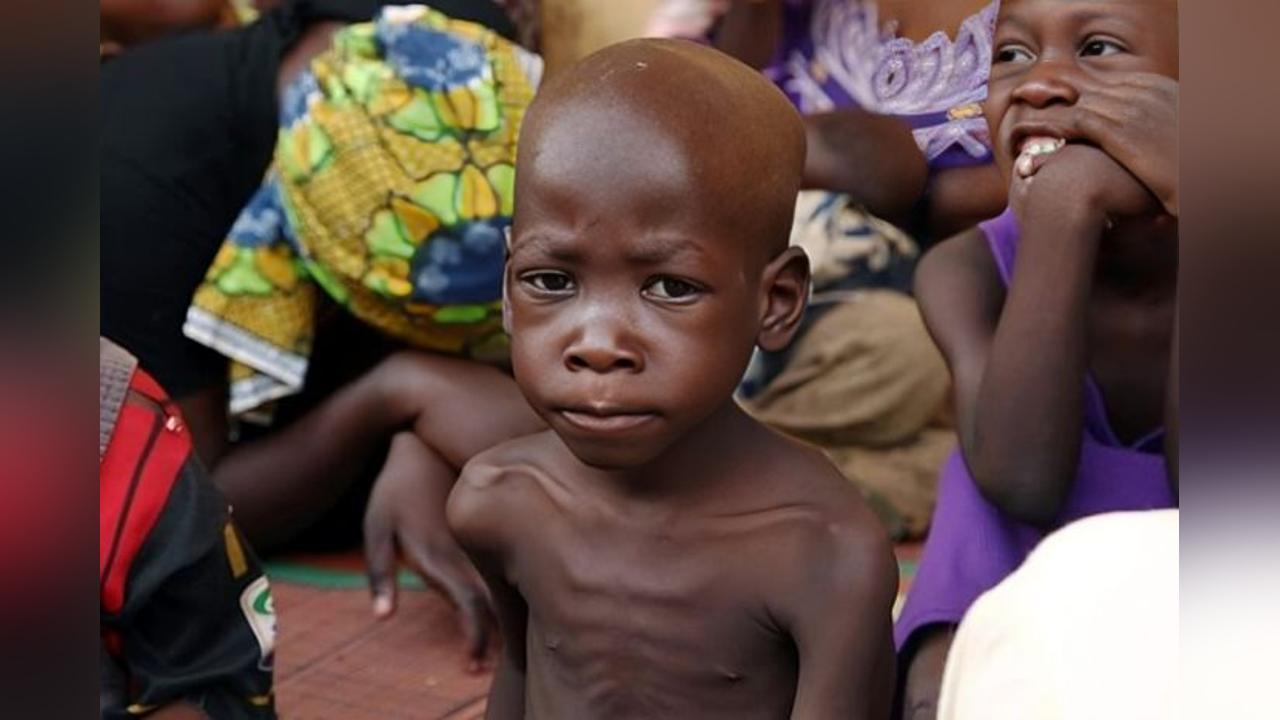Africa-Press – Angola. Chronic malnutrition affects four in ten Angolan children under the age of five, one of the highest rates worldwide, according to the 2024 report by the World Food Programme (WFP).
“Angola’s nutrition indicators continue to be worrying, with chronic malnutrition (stunted growth) affecting 40% of children under five years of age – one of the highest rates worldwide,” says the UN agency that works to combat hunger and food insecurity.
Malnutrition results from multiple factors, including limited access to nutritious food, poor maternal and child health, inadequate health services, economic instability and deep-rooted patriarchal norms, describes the document consulted by Lusa.
According to the report, Angola is among the most unequal countries in the world, with 31% of the population (11.6 million people) living below the poverty line, on less than 2 euros a day.
“Low educational attainment and poor health outcomes place the country 150th out of 193 in the Human Capital Index,” says WFP, adding that extreme child poverty is widespread, with one in three children under 15 living on less than two euros a day.
Furthermore, more than a quarter of school-age children have never attended school, increasing the risk of intergenerational poverty, according to the document analyzed by Lusa.
WFP says Angola is facing significant economic and climate shocks that threaten economic growth and food security, with people at risk being the most affected.
The country also faced the most severe droughts in the last four decades, aggravated by El Niño in 2024, resulting in reduced agricultural yields, loss of income and assets, lack of water and displacement of people, particularly in the south and east regions.
Despite the vast land with agricultural potential and a favorable climate, 80% of farmers are engaged in subsistence agriculture, although the Government has identified this sector in its National Development Plan for 2023-2027 as a driver of inclusive growth and economic diversification.
Angola, which has around 35 million inhabitants, saw growth of almost 4% last year, the highest since 2014, but high global food prices, currency depreciation and rising fuel prices led to inflation close to 28% at the end of last year.
The organization also highlights the progress made in recent years in terms of gender equality, stressing that it needs to be “accelerated”.
“Inequalities in access to and control of resources, social norms and structural barriers remain pervasive, limiting women’s ability to benefit from and contribute equally to agricultural productivity, food systems transformation and rural development,” WFP stresses.
On the other hand, despite Angola having implemented the first direct cash transfer programme, Kwenda, which aims to reach 1.5 million low-income families, only 10% of the population benefits from a social protection scheme.
In 2024, WFP reached 75,200 people, 55% of whom were women and children, but assistance was reduced by 53% due to “funding constraints and delays in contributions”.
WFP is funded entirely by voluntary donations from governments, international organizations, companies and individual donors, with the United States being the largest donor.
WFP supported 48,000 children and pregnant and breastfeeding women and girls, and in the provinces most affected by the drought, provided vouchers for basic commodities to 31,000 household members of children with acute malnutrition, for a total of around €700,000.
It also provided food assistance to 5,600 refugees from the Democratic Republic of Congo residing in the Lóvua settlement (Lunda Norte).
For More News And Analysis About Angola Follow Africa-Press






